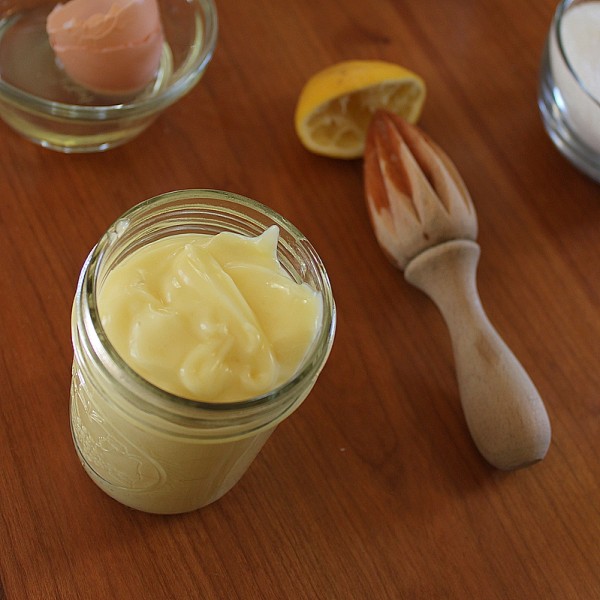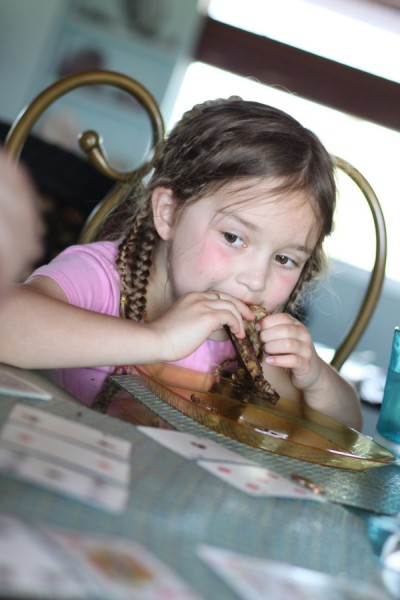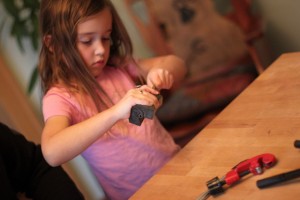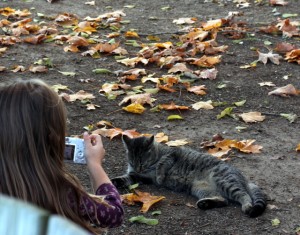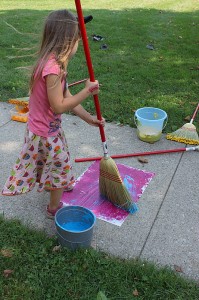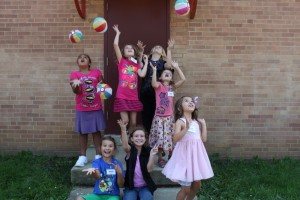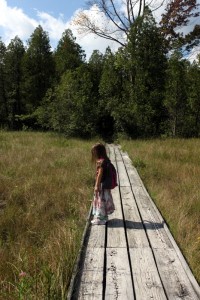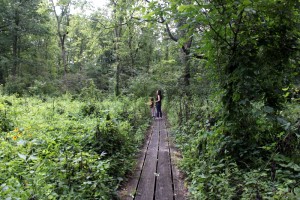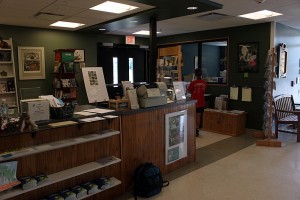Alex has been following the 2012 Presidential race like other men might follow their fantasy football teams. He is most fired up about reproductive rights and asked to publish this editorial on Hounds in the Kitchen. Though it reveals some very personal information, I agree with him that this topic is of utmost importance.

Women’s rights, more accurately called reproductive rights, have been given much coverage in the waning days of the 2012 election season. While I have always been staunchly pro-choice, one aspect of the abortion debate has caught my attention over the past couple of months: whether or not there should be exceptions in abortion restrictions for the life and health of the mother. Many prominent politicians and candidates have come out strongly opposing abortion in all cases with no exceptions; even if the life or health of the mother is in jeopardy.
Who is saying this? Congressman Joe Walsh (R-IL) said in a recent radio interview: "There is no such exception as life of the mother, and as far as health of the mother, same thing, with advances in science and technology." While this is somewhat incoherent, he went on to explain that he believes science and medical advances are at such a level that a woman’s health will never be at risk due to pregnancy, and that there has never been an instance of the where an abortion was necessary to save the life of a mother. Republican VP candidate Paul Ryan has held the position for years that health exceptions render any abortion restrictions meaningless as “...the health exception is a loophole wide enough to drive a mack truck through...” He is currently on record as opposing abortion in all instances with no exceptions. Finally we have the Republican Party official platform which states that abortion should be banned with no exceptions whatsoever, and which supports a personhood amendment (life begins at conception) to the US Constitution.
Why is this particular issue important to me?
In 2004, a year before our daughter Lillian was born, Rachel and I were overjoyed to find out she was pregnant. This happiness soon evaporated as we found out Rachel was experiencing an ectopic pregnancy. This type of pregnancy occurs when the sperm fertilizes the egg in the fallopian tube, but the egg implants in the fallopian tube instead of the uterus. The most common treatment in modern medicine is to give the mother an injection of Methotrexate, a cancer-treatment drug, in order to terminate the developing embryo. The body will then flush the system in what appears to be a miscarriage or heavy menstrual cycle. An embryo developing in an ectopic pregnancy is never viable, with vanishingly rare exceptions, and will often result in the serious injury or death of the mother. Rachel received the Methotrexate injection, and the ectopic pregnancy was ended. Happily, we conceived later in the winter and our beautiful daughter was born in September, 2005.
By any medical definition, Rachel had an abortion. We felt there was no 'choice' involved: it was her life versus a dying mass of cells. Not undergoing this procedure would have directly lead to her serious illness, sterility or death. However, by the statements of the politicians and political party listed above, she should never have been allowed to undergo this life-saving procedure.
What might our country look like if such draconian restrictions came into being? (Un)fortunately there are real-world examples not very far from our borders that we can look at to see the results of the policies championed by the far right of our political spectrum. Nicaragua and El Salvador have both banned all abortions with no exceptions for any reason. The push for these ‘reforms’ came from the Catholic church and affiliated religious organisations in both countries.
The end result has been women dying due to botched illicit abortions, doctors and women being sentenced to lengthy prison terms for participating in abortions, and situations where doctors are forced to watch patients suffer and sometimes die as they fear being incarcerated for performing necessary medical procedures. El Salvador has taken matters to such an extreme that there are entire law enforcement divisions, medical spies (seriously) and prosecutors solely concerned with investigating and punishing those involved in any abortion whatsoever. In the case of ectopic pregnancies, doctors are forced to watch their patients until fetal death or fallopian tube rupture occurs. At this point, they intervene surgically to try and save the mother. Often the end result is sterility, debilitating pain, extensive recovery times or death.
Many will say that such a situation is impossible in this country. I certainly hope this is the case, but I am very alarmed that supposedly ‘serious’ politicians are quite happy taking the exact same stances espoused by the governments of Nicaragua and El Salvador. Why else would they support such a draconian stance if their intent is not to have our country emulate these two Central American countries?
All I can think of in our situation is what it would have been like to watch my wife suffer through a painful condition, knowing she might die, and that this could have been prevented with a simple injection.
Do your research, decide where your values lie and determine how you want our country to address serious medical issues. Consider how Mitt Romney would treat women and how President Obama has already shown support for wives, daughters, sisters, and friends. I'm supporting President Obama with my vote, and I hope you will too.
Find your voting location here.

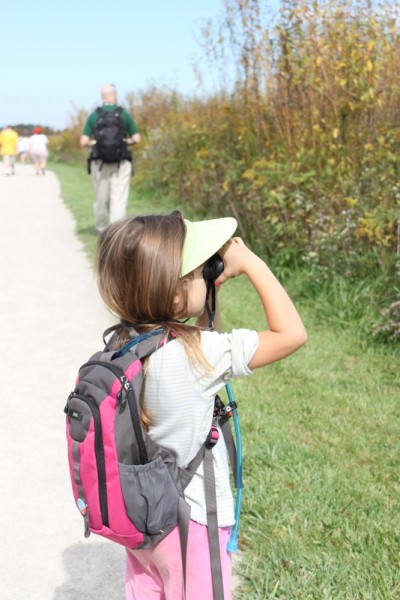
 ,
,  , medical scissors, a needle, iodine tablets, and travel containers for our prescription medicines. We have yet to have a real emergency that required use of the heavier duty equipment but it is a comfort knowing that Alex has our first aid covered.
, medical scissors, a needle, iodine tablets, and travel containers for our prescription medicines. We have yet to have a real emergency that required use of the heavier duty equipment but it is a comfort knowing that Alex has our first aid covered. for their fit, durability (Alex's is over 4 years old now), and light weight.
for their fit, durability (Alex's is over 4 years old now), and light weight. . Wool is perfect for travel because it is lightweight and easily washed and dried in a sink or lake.
. Wool is perfect for travel because it is lightweight and easily washed and dried in a sink or lake.
 and flip flops exclusively. Just this week I found a pair of
and flip flops exclusively. Just this week I found a pair of  for Lil so we can walk in matching comfort. Alex has an opposing shoe philosophy and packs half a dozen pairs for every trip. Good thing he can carry his own bags!
for Lil so we can walk in matching comfort. Alex has an opposing shoe philosophy and packs half a dozen pairs for every trip. Good thing he can carry his own bags! reusable sticker scenes,
reusable sticker scenes,  tablet loaded with movies and games. During lengthy trips, we wrap small gifts (stickers, temporary tattoos, small notebook, origami paper, etc.) and dole those out over the course of the travel. We pack binoculars, cameras, nature journals, a travel watercolor set, Ziploc bags for shell collections, and card games for entertainment during the vacation or business travel.
tablet loaded with movies and games. During lengthy trips, we wrap small gifts (stickers, temporary tattoos, small notebook, origami paper, etc.) and dole those out over the course of the travel. We pack binoculars, cameras, nature journals, a travel watercolor set, Ziploc bags for shell collections, and card games for entertainment during the vacation or business travel.